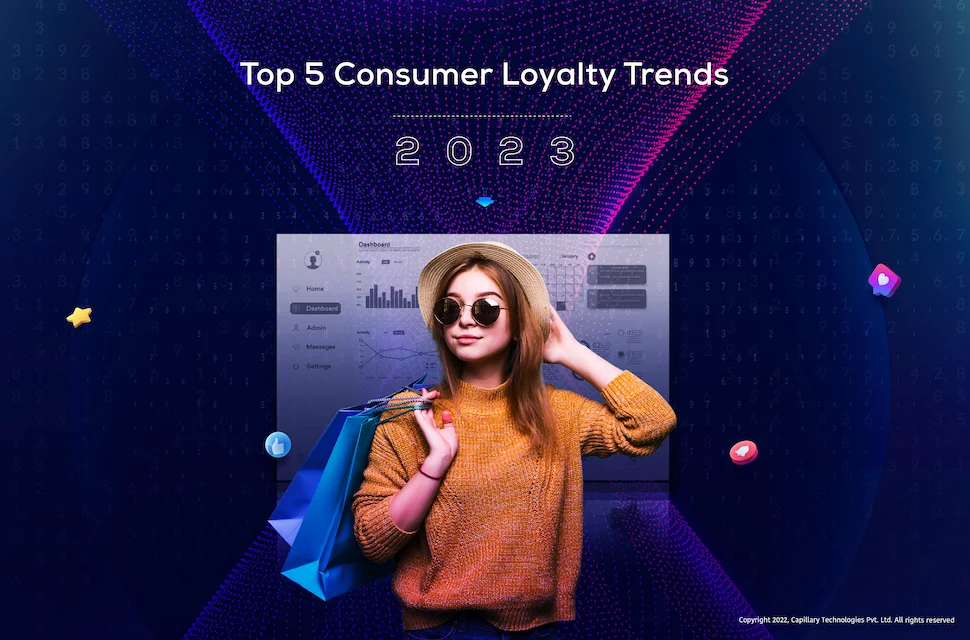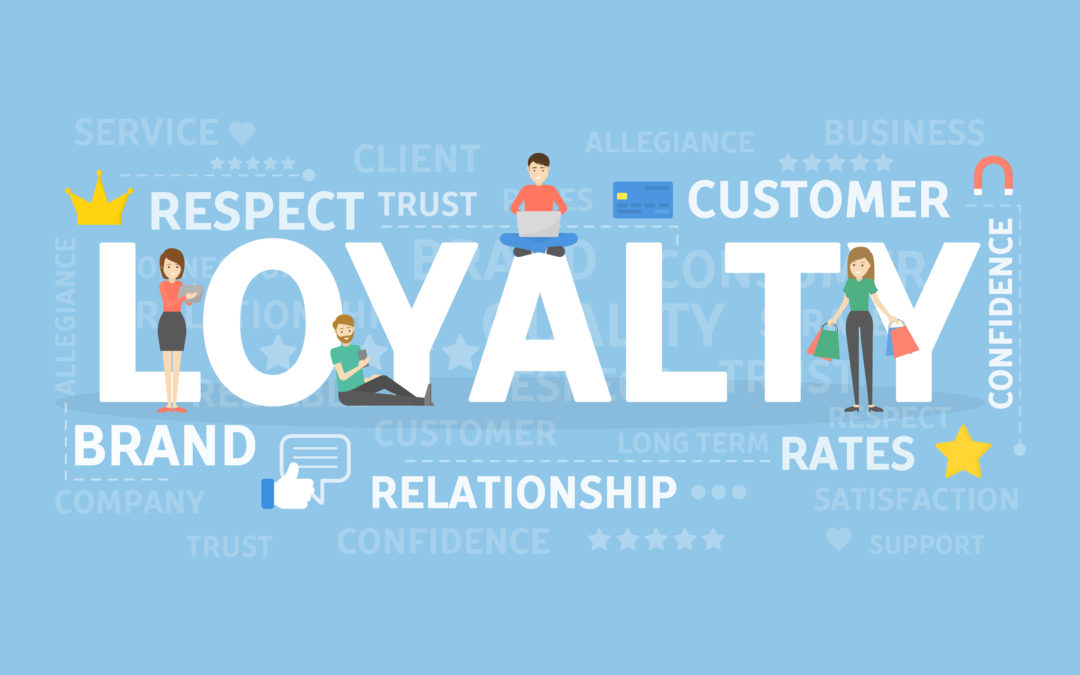- Design industry shaping loyalty programs
- Integrate easily and go live quicker
- Deliver hyper-personalized consumer experiences
Blue Rewards from Al Futtaim Group Shares Loyalty Success Stories and Evolution. Watch Podcast >
Capillary Announces 2nd Annual Captivate 2025 Summit: Transforming Loyalty Management with New AI Tech Read more >

The stupendous rate at which the customer loyalty market is growing every year has dazzled many industry experts. Daniel Heaf, VP of Nike Direct, says,
Membership is how Nike serves the needs of athletes and cultivates personal relationships with people across the many different experiences we provide. The more we know our members, the better we innovate to create value for them — whether in products, services, experiences, content, or inspiration.
Building customer relationships has taken a leap in every brand’s business strategy and organizations are using multiple customer engagement strategies to excel in this sphere. Let’s take a sneak peek at how the market unfolds in 2023 and what are some of the path-breaking customer loyalty trends that brands will adhere to.

Digital payment solutions have evolved in an increasing variety of ways. India’s revolutionary demonetization drive backed by the COVID-19 pandemic’s cautionary advice on digital payment methods has completely metamorphized the way people pay while shopping, not just in India but across the world. Today, 9 out of 10 Americans use some form of digital payment.
McKinsey’s recent survey also predicts that consumers are expected to have at least three or more digital wallets in the coming years. This will seamlessly pave the way for loyalty marketers to incorporate BNPL (buy now, pay later) option in every brand’s strategy. Customers are more at ease to shop and opt for those brands that enable digital wallet solutions. Digital wallets not just offer the option to pay but also integrate customers’ reward points and offer benefits in real time.
Gamification has been a raging trend in 2022, so what’s brewing in 2023? Well for starters, gamification is heavily incorporated by sectors and industries of different interests. Right from the food delivery app you order food from to the luxury holiday you booked on your wedding anniversary, gamification hooks customers like no other. Knowing that reality and virtual worlds are blending to create newer opportunities today, gamification will play a key role in a brand’s business and marketing strategy in order to stay updated with the ‘meta’ world.
Come 2023 and gamification will expand to more sectors, including personalized games for customers to create an immersive shopping experience that engages well with the customers. Many companies have already started foraying into technological advancements to personalize a customer’s journey using gamification as a crucial element. It’s about time that companies need to gamify their App in order to engage better with their customers and ensure retention and stickiness to their brand.
An interesting fact to be noted was if COVID-19 pandemic closed the doors of offline shops, then many new offline stores were also open. Post-pandemic, the never-ending debate of how online will supersede offline shopping finally came to a pause this year. 2023 will witness brick-and-mortar stores adopting intelligent functionality catering to emerging omnichannel customers.
Enough evidence and data have been collected that clearly point towards how an offline store shopper will be meeting different channels and touchpoints of a brand to finally make an informed purchasing decision. It is thus inevitable for brands to create a seamless connection and interaction between all these channels (including the brick-and-mortar store). Physical stores are also focussing on speed and convenience thereby offering BOPIS (buy online, pick up in-store) and curbside pickup options to customers.
The APAC region clearly shows its love for customer loyalty programs with a whopping 92% of customers showing a willingness to shop with a brand that offers a loyalty program. Changing consumer behavior has indeed become a constant post COVID-19 pandemic.
Customers are literally steering the wheel of the brand’s vehicle by expressing their needs and wants and also what are their expectations from a brand. Brands thus need to focus on delivering value and convenience to their customers by simplifying their reward offers and solving customers’ real pain points. In a revealing study, customers have also opined on how they perceive a brand by looking at how a brand treats its customers. Brands must sensitize towards customer sentiments and accordingly roll out their business strategies in order to establish a trust-based relationship with their customers. Some thought-provoking stats here:
Data privacy is big and holds utmost importance to customers across the globe. In a time where countries are emerging with stringent data privacy laws to safeguard their people’s data, customers too are being vigil on whom to share their personal data with. Brands thus need to build a culture of strong ethos and entrust their loyal customers with safety practices that ensure the collected data is used to better overall shopping experience of their customers.
When customers are offered value-driven personalized benefits and services that enable a smooth shopping experience, their loyalty too will last for long. Sending the right campaign at the right time to the right customer is the key to building this relationship. In fact, many global brands like Lululemon have been able to build their own brand community by strengthening customer loyalty and creating brand ambassadors. All this by enabling customer data sets with value-driven personalization.
Speak to a Loyalty Expert and see how Capillary’s SaaS platform can help you deliver excellent loyalty programs for your brand.

November 3, 2018 | 4 Min Read
Brand Loyalty as a product presents unique opportunities whi

October 15, 2012 | 4 Min Read
When Apple announced its new Passbook feature with the new i

April 2, 2014 | 4 Min Read
The retail universe is expanding and shrinking at the same t